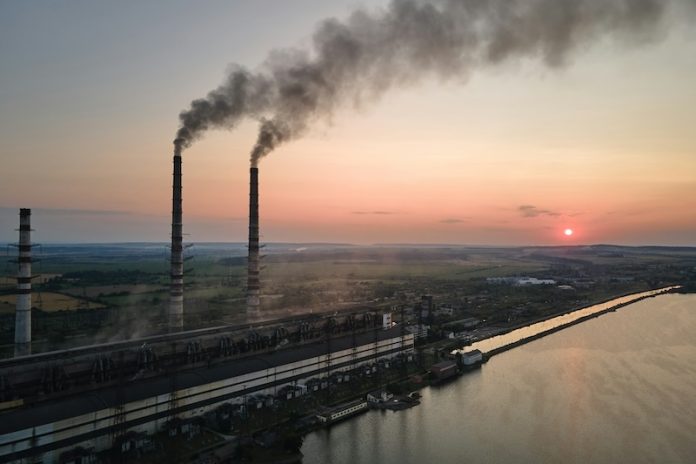
Air pollution is one of the most pressing environmental issues of our time, affecting the health of millions of people and contributing to climate change.
Controlling air pollution is a massive challenge, but nanotechnology is offering innovative ways to tackle the problem.
By working at the smallest scale, nanotechnology is transforming air pollution control technologies, making them more efficient, effective, and affordable.
Nanotechnology involves working with materials at the level of atoms and molecules, often just a few nanometers in size—far smaller than a human hair.
At this tiny scale, materials can behave very differently, offering unique properties like increased strength, reactivity, or the ability to filter out tiny particles.
These properties make nanotechnology an ideal tool for dealing with air pollution, which often involves tiny particles and harmful gases.
One of the most important applications of nanotechnology in air pollution control is in air filters. Traditional filters, like those used in air purifiers and industrial systems, can struggle to capture the smallest and most dangerous pollutants.
Nanotechnology has led to the development of advanced nanofilters made from materials like carbon nanotubes and nanofibers.
These filters can trap extremely small particles, including fine particulate matter (PM2.5), which is linked to respiratory and cardiovascular diseases. Nanofilters are also highly efficient, allowing air to flow through easily while capturing pollutants.
Nanotechnology is also improving the way we remove harmful gases from the air. Many industries release pollutants like nitrogen oxides (NOx) and sulfur dioxide (SO2), which contribute to smog and acid rain.
Researchers are using nanomaterials to develop advanced catalysts—substances that speed up chemical reactions. For example, nanoparticles of titanium dioxide (TiO2) can break down harmful gases into harmless compounds when exposed to sunlight.
This process, called photocatalysis, is already being used in coatings for buildings, roads, and even windows, helping to clean the air passively.
Another breakthrough involves carbon capture technologies. Carbon dioxide (CO2) is a major contributor to global warming, and reducing emissions is a top priority. Nanotechnology is being used to create materials with large surface areas that can absorb CO2 from the air or from industrial emissions.
These materials, such as metal-organic frameworks (MOFs), are incredibly efficient and can be regenerated for repeated use. This makes them a promising tool for reducing greenhouse gas levels and combating climate change.
Nanotechnology is also finding its way into wearable devices designed to protect people from air pollution. Researchers have developed masks and clothing embedded with nanofibers that can filter out fine particles and harmful gases.
These wearables are lightweight, comfortable, and offer better protection than traditional materials, making them ideal for people living in polluted cities.
Another exciting development is the use of nanosensors to monitor air quality. These tiny sensors can detect specific pollutants at extremely low concentrations, providing real-time data about air pollution levels.
This information can help governments, industries, and individuals take action to reduce emissions and protect public health.
While nanotechnology offers incredible potential for air pollution control, there are still challenges to overcome. For example, producing nanomaterials on a large scale can be expensive, and there are concerns about the environmental impact of some nanoparticles.
However, ongoing research is addressing these issues, aiming to make nanotechnology both sustainable and affordable.
In summary, nanotechnology is revolutionizing the fight against air pollution. From advanced air filters and catalysts to wearable protection and carbon capture, this tiny technology is making a big impact.
As research continues to advance, nanotechnology promises to play a key role in creating cleaner air and a healthier planet for future generations. It’s a powerful example of how science can turn small-scale innovation into large-scale solutions.
Copyright © 2025 Knowridge Science Report. All rights reserved.



